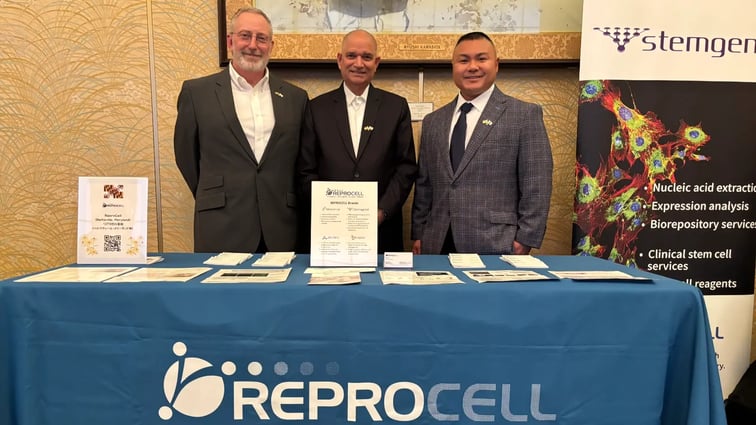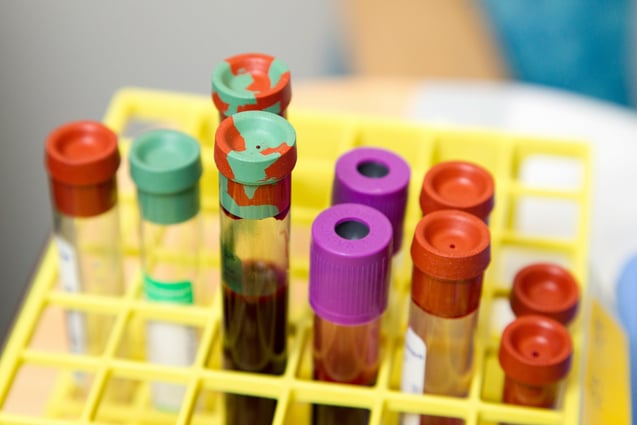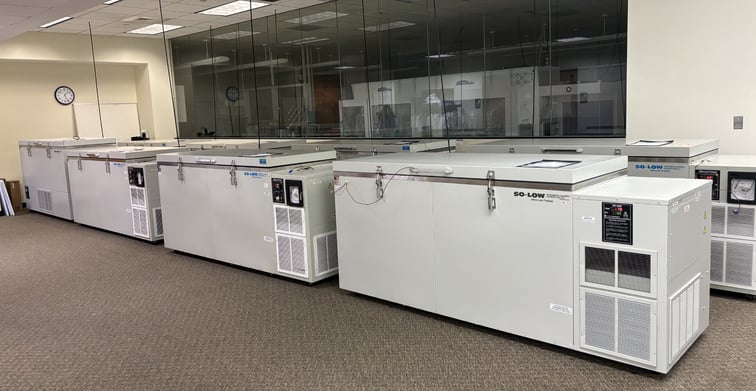Genomic Services
Real-Time PCR (qPCR)
Real-time PCR measures amplification of DNA/RNA at every cycle enabling quantitative measurements during the exponential phase of PCR. REPROCELL utilizes real-time PCR instrument manufactured by Applied BioSystems – the ViiA7™ for various services.

Real-time polymerase chain reaction real-time PCR, also known as quantitative PCR (qPCR) is a widely used molecular biology technique that allows for the amplification and quantification of DNA in real-time. Real-time PCR is an improvement over traditional PCR because it provides data on the amplification process as it happens. At REPROCELL we use real-time PCR platform ViiA7™ manufactured by Applied Biosystems. Following are the various services that REPROCELL can provide using real-time PCR:
- Quantification of DNA/RNA targets
- Single nucleotide polymorphisms (SNPs)
- Mutation detection
- Gene expression analysis
- Pathogen detection
- Copy number variations
- Validation of RNA sequencing data
- MicroRNA (miRNA) analysis
- Drug development research
- Food safety testing

Above: Amplification of human specific gene RnaseP for quantitation of DNA
Quantification of DNA/RNA targets
Quantitation of DNA and RNA using real-time PCR is a widely used technique in molecular biology and genetics research to precise measurement of the amount of a specific DNA/RNA sequence in a sample. Following are the steps involved:
- Design of primers and probes
- Sample preparation, such as DNA/RNA from sample of interest
- Reverse transcription if using RNA
- Real-time PCR set up
- PCR amplification
- Fluorescence detection
- Quantification

Above a standard curve generated using known quantities of DNA to quantitate DNA/RNA. We have used a human specific target gene (RNASE P) to quantitate DNA/RNA.
Detection of mutations/SNPs
Mutation/SNP detection using real-time PCR or qPCR is a very sensitive and specific method for identifying within DNA or RNA sequence. This method is particularly useful for detecting SNPs, point mutations, insertions, and deletions in a target DNA sequence. At REPROCELL following steps are used to perform mutation/SNPs using qPCR:
- Design of primers and probes
- Sample preparation, such as DNA/RNA from sample of interest
- Real-time PCR set up
- PCR amplification
- Fluorescence detection
- Data analysis
Designing specific primers and probes is very critical to detecting mutations and SNPs using qPCR. At REPROCELL we validate assays utilizing polymorphism discovery panel from Corielle Institute. We always include known positive controls for wild type and heterozygous samples in the experiments.

Above: an allelic discrimination plot where blue dots are homozygous CC, green dots are heterozygous AC and red dots are homozygous AA.
Gene expression analysis
Gene expression analysis is performed by the same platform that is used for analyzing mutation detection and quantification of DNA/RNA, ViiA7™. In this case, RNA is reverse transcribed to complimentary DNA (cDNA) before PCR amplification (RT-PCR) since PCR process primarily works with DNA. RT-PCR is a versatile and sensitive technique used in a wide range of molecular biology, clinical diagnostics, and research. At REPROCELL we use RT-PCR to provide following services:
- Gene expression analysis
- Quantification of RNA targets
- Validation of RNA sequencing data
- MicroRNA (miRNA) analysis
- Drug development research
- Pathogen detection
- Food safety testing

Above: expression analysis of HGPRT gene in lung cancer samples and controls.
Pathogen Detection
RT-PCR is used detecting pathogenic RNA viruses such as COVID-19, HIV, and influenza. RT-PCR has been extensively used in detecting COVID-19 during the recent pandemic. The RNA viral DNA is reverse transcribed to cDNA and specific regions of the viral genome are amplified and detected using RT-PCR enabling detection of presence or absence of the virus. The same platform can also be used to detect DNA viruses, bacteria and fungus using DNA.

Above: detection of bacteria Helicobacter pylori in gastric cancer samples.


